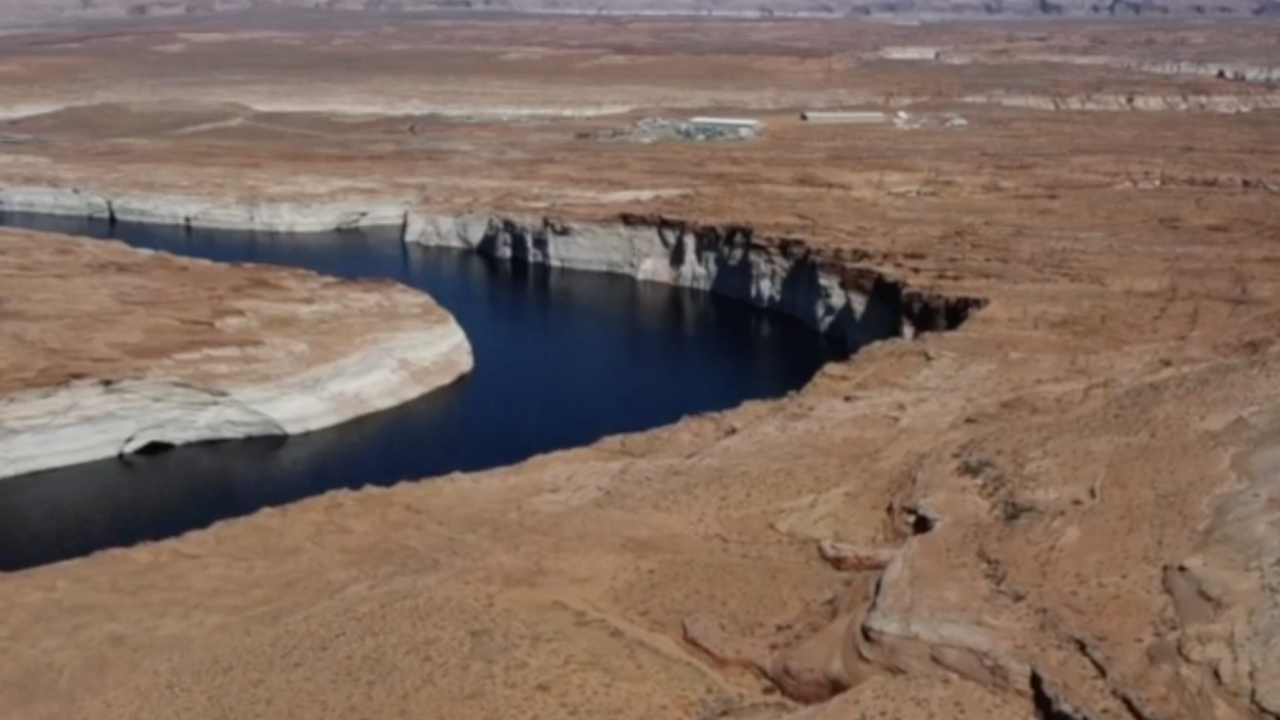Stretching over 200 miles, the Santa Cruz River is facing drought and high demand.
It’s a river that once provided both drinking water and agriculture support throughout Arizona.
Approximately 25% of the U.S. is facing exceptional drought conditions.
The flows of the Colorado River have not been at the average level for several years, which is causing problems at Lake Mead.
“It was just about full in the year 2000, and it's about a third full now,” said Sharon Megdal, director of the University of Arizona Water Resources Research Center. "If it keeps going lower and lower because we're drawing on it without depositing that back into savings, there is a chance the hydropower production will be jeopardized and the flows even downstream of the dam will be jeopardized.”
While the problem is dire in the Southwest, drought is not just an Arizona problem.
From potato farms in Idaho to corn fields in Indiana to a multitude of crops in Washington state, millions of farmers are battling drought.
Duke Pauli is a plant scientist at the University of Arizona. He is currently in charge of an experimental population field of sorghum. With the help of a giant robot, one acre of sorghum provides invaluable data.
“Everything that we learn from sorghum is largely transferable to corn, which is grown widely throughout the Midwest, and it's one of our largest commodity crops,” Pauli said. “In addition to that, a lot of the things that we do understand and find out about these plants are transferable to other species such as wheat rice because they're also historically grasses.”
While Pauli runs the research in Maricopa, Arizona, Murat Kacira runs the university’s controlled environment agriculture center.
“This allows us to extend the growing season even under this harsh of extreme climates, to be able to produce again within this limited footprint and with the optimal and optimized resource uses for production around the country,” Kacira said.
Both programs work toward a future for agriculture. And even though Arizona, itself, isn't like a large production space, like Iowa or Illinois, the lessons learned in the state are transferable in other growing areas where they will begin to confront issues like drought, stress, water deficits, and stress levels.



